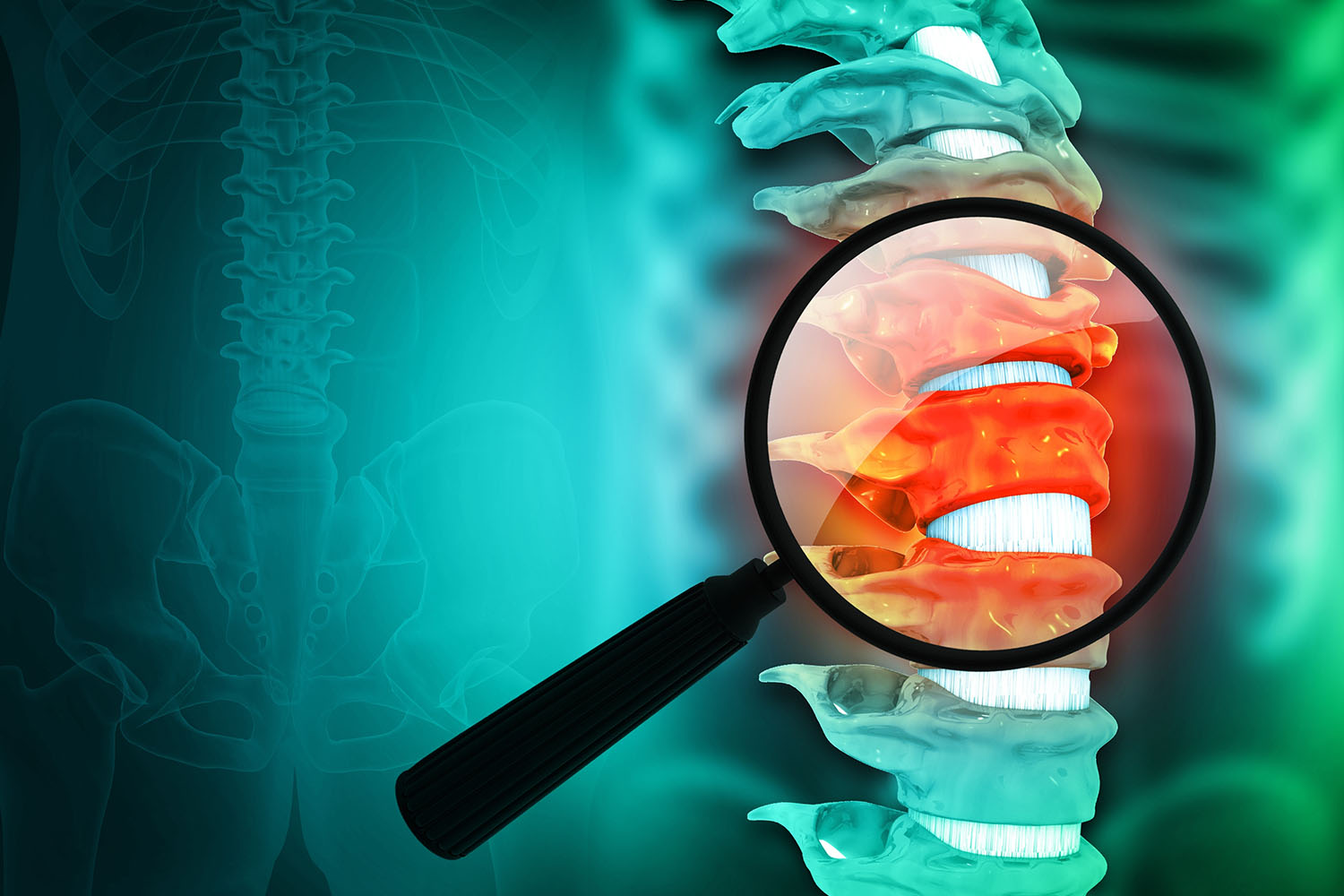Overview
Spondylosis, a term that might sound intimidating at first glance, is actually a condition that many of us may be familiar with, either through personal experience or through the experiences of our loved ones. But what exactly is spondylosis, and how does it affect the human body?

Defining Spondylosis:
Spondylosis is a broad term used to describe the degeneration of the spine, particularly the wear and tear that occurs with age. It’s often referred to as spinal osteoarthritis, as it involves the breakdown of the cartilage and bones in the spine. This degeneration can lead to various symptoms, including pain, stiffness, and loss of mobility.
Research indicates that spondylosis is a widespread condition, especially among older adults. According to a study published in the Journal of the American Geriatrics Society, nearly 85% of people over the age of 60 show signs of spondylosis on X-rays, even if they don’t experience any symptoms.
Causes of Spondylosis:
While aging is the primary factor contributing to spondylosis, other factors can exacerbate the condition. These include:
Genetics: Some individuals may be genetically predisposed to developing spondylosis.
Lifestyle Factors: Sedentary lifestyles, obesity, and poor posture can increase the risk of developing spondylosis.
Injuries: Previous injuries to the spine, such as fractures or sprains, can accelerate the degenerative process.
Occupational Hazards: Jobs that involve repetitive motions or heavy lifting can put added strain on the spine, contributing to spondylosis.
Symptoms and Diagnosis:
The symptoms of spondylosis can vary widely from person to person. Some individuals may experience mild discomfort, while others may suffer from chronic pain and mobility issues. Common symptoms include:
Stiffness and Reduced Range of Motion: Patients often report stiffness in the spine, particularly in the morning or after long periods of inactivity.
Pain: This can range from dull aches to sharp, shooting pains that radiate down the arms or legs.
Numbness or Tingling: Spondylosis can compress spinal nerves, leading to sensations of numbness, tingling, or weakness in the extremities.
Diagnosing spondylosis typically involves a combination of physical examination, medical history review, and imaging tests such as X-rays or MRI scans.
Treatment Options:
While there is no cure for spondylosis, several treatment options can help manage symptoms and improve quality of life. These include:
Medications: Nonsteroidal anti-inflammatory drugs (NSAIDs), muscle relaxants, and pain relievers can help alleviate pain and inflammation.
Physical Therapy: Exercises and stretches designed to strengthen the muscles supporting the spine can improve flexibility and reduce pain.
Lifestyle Modifications: Maintaining a healthy weight, practicing good posture, and avoiding activities that exacerbate symptoms can slow the progression of spondylosis.
Injections: Corticosteroid injections directly into the affected area can provide temporary relief from pain and inflammation.
Surgery: In severe cases where conservative treatments fail to provide relief, surgery may be recommended to decompress nerves or stabilize the spine.
Spondylosis is a common condition characterized by the degeneration of the spine. While it can cause discomfort and reduce mobility, various treatment options are available to help manage symptoms and improve overall quality of life. Early diagnosis and intervention are key to effectively managing spondylosis and preventing further complications.
So, if you or a loved one are experiencing symptoms such as back pain or stiffness, don’t hesitate to consult with a healthcare professional to explore treatment options tailored to your needs. Remember, knowledge and proactive management are powerful tools in the fight against spondylosis.


